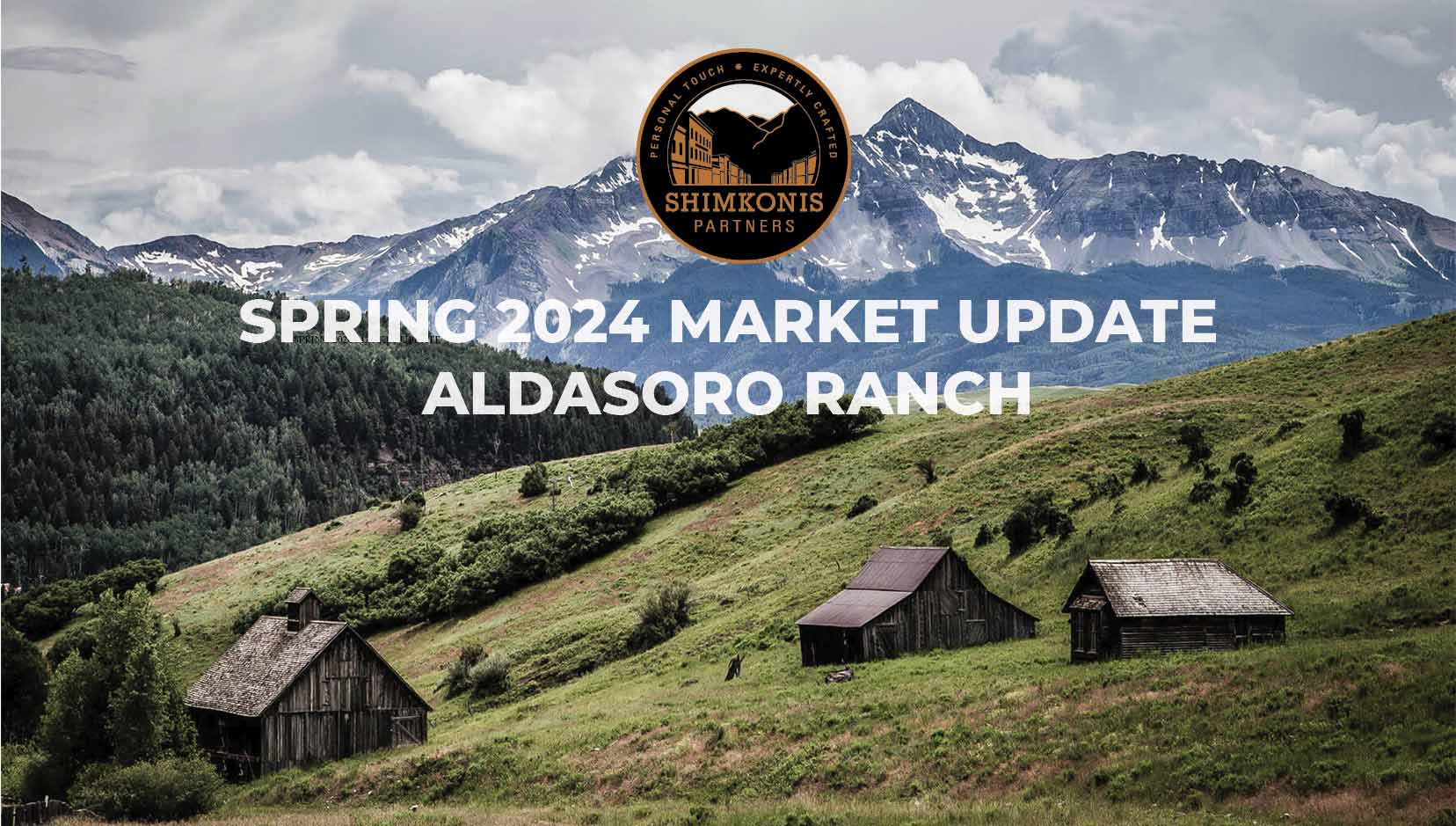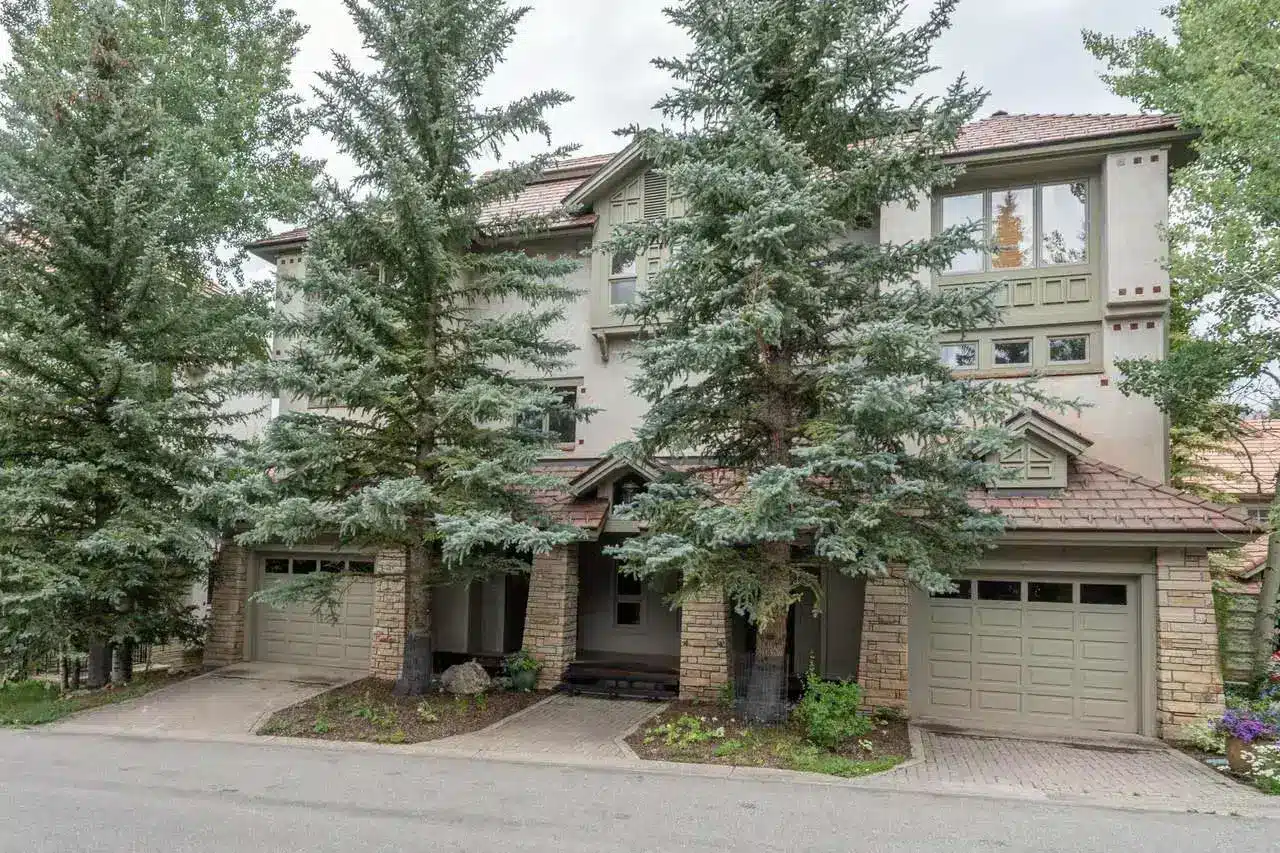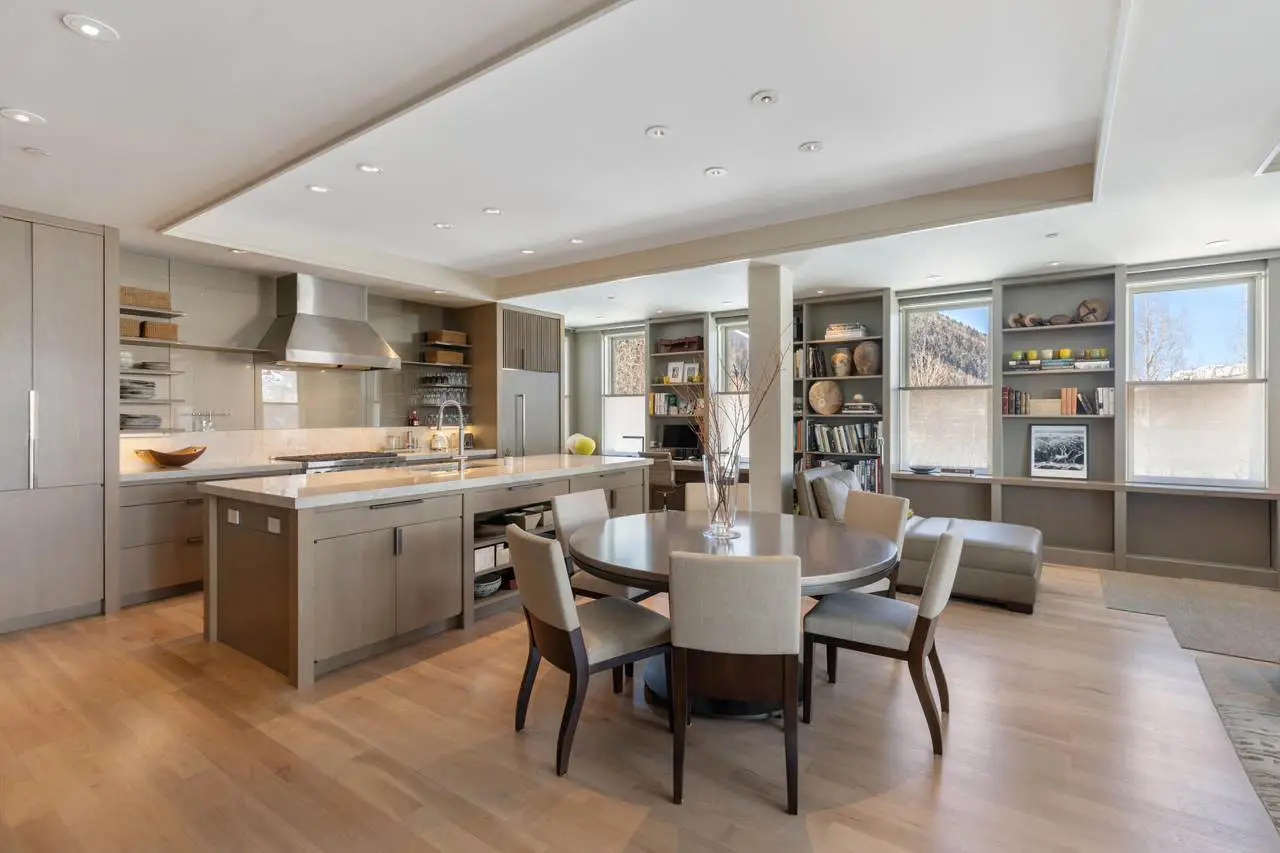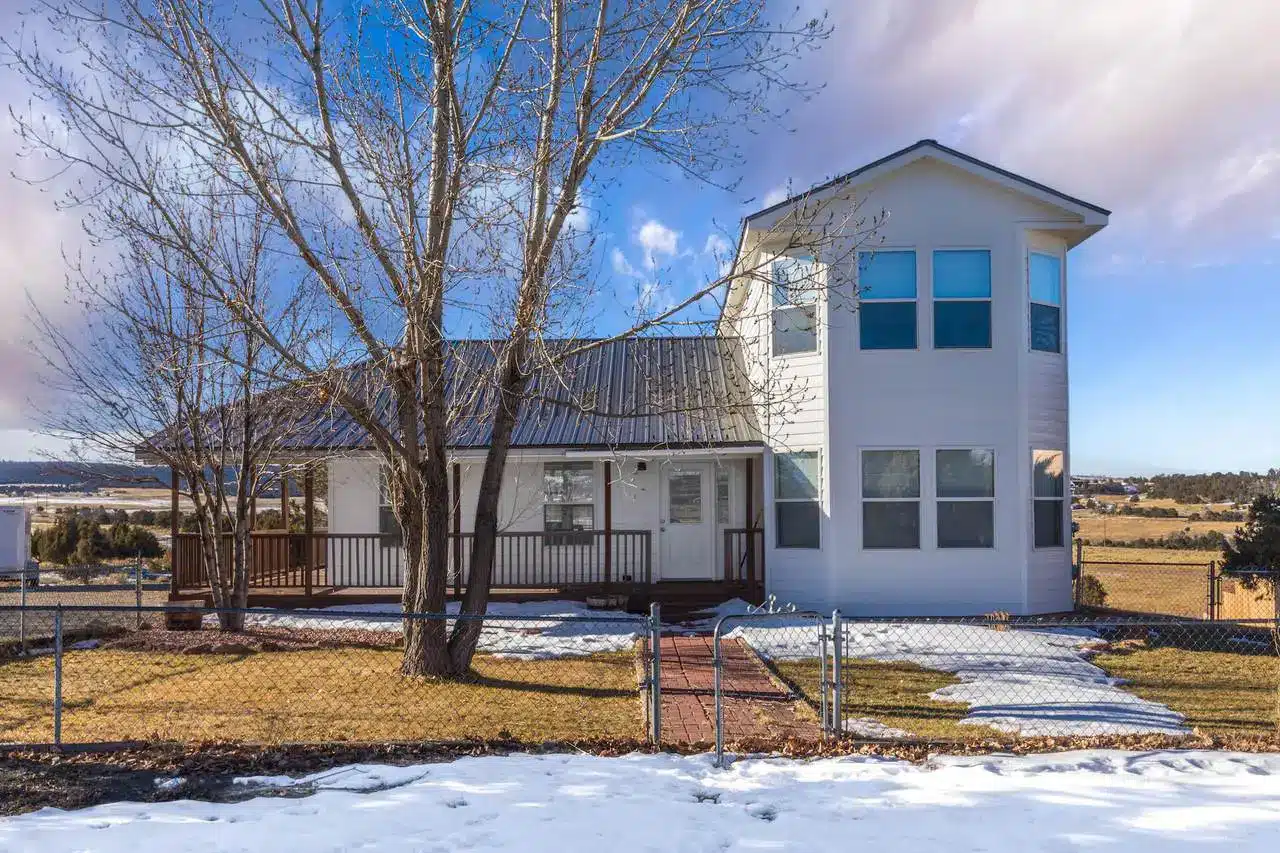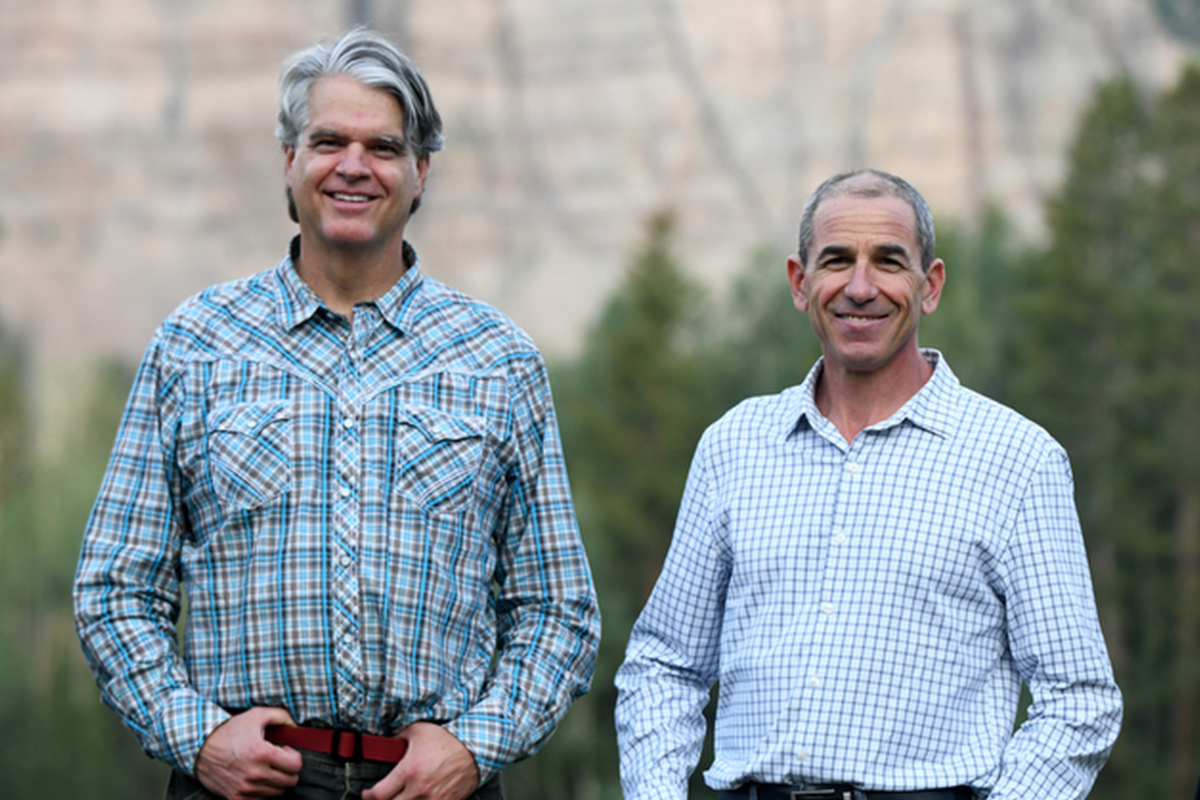FORBES MAGAZINE
By: Larry Olmsted – 3/11/2013 @ 8:21AM
Telluride – My New Favorite Ski Resort?
I’ve been to Telluride, CO before, a few times in winter and once in summer, but until last month, I had not been there in about seven years. I did not know what I was missing.
As someone who has been writing extensively on ski travel for over 15 years, I’ve been to nearly every major destination ski resort in the nation, many of them several times. Right now the biggest ones missing from my experiential portfolio are Taos, NM and Alyeska, AK, and I’m visiting Aleyska in a few weeks. So I have a pretty good working knowledge of the subject.
There are three main factors that combine to make a ski resort especially appealing and almost all resorts come up short in at least one of these. Not Telluride.
The first and most important is terrain. Almost all mountains skew towards either more or less advanced skiers. Jackson Hole, for instance, has long been a personal favorite of mine, a mountain I love, but it is renowned for its extreme and expert terrain, and in that regards it has few peers. To be fair to Jackson, it has plenty of easier trails and for this winter the owners rebuilt an entire area devoted to intermediates and groomers, but like most hardcore mountains, including Crested Butte and Alta, it still skews towards the best skiers (FYI, I am using “skier” throughout to include all participants, snowboarders and tele-skiers too). At the opposite end of this spectrum are places like Okemo and Deer Valley, which have focused on families, beginners, and groomer lovers at the expense of challenging skiing. Deer Valley does have some underrated expert chutes, but they need a lot of snow to open and are a small array compared with more advanced mountains.
Second is the presence of a town. Surprisingly few ski resorts have an actual town onsite that you can ski to and from. Vail certainly does, Park City Mountain Resort does, and Aspen does, at least at one of its four resorts. Breckenridge does technically but it’s a bit of a haul, and Heavenly sort of does – if there is a lot of snow and you are an expert skier you can get there. But at the vast majority of major ski resorts, town is  either off site or does not exist at all, including Steamboat, Jackson, Stowe, Big Sky, Sugarbush, Deer Valley, Copper Mountain, the Canyons, Alta, Snowbird and almost every resort around Lake Tahoe.
either off site or does not exist at all, including Steamboat, Jackson, Stowe, Big Sky, Sugarbush, Deer Valley, Copper Mountain, the Canyons, Alta, Snowbird and almost every resort around Lake Tahoe.
Third is a range of tourist facilities, especially at the higher-end for well-heeled ski travelers and families. While some skiers are hard core, for many others skiing is a half-day activity and a ski vacation is more about the overall experience and destination. These travelers want full-service upscale hotels, lots of restaurants, shopping, off-slope and après ski activities. I love Powder Mountain, Crested Butte, Grand Targhee, Kirkwood, and the like, but if you are a less gung ho skier looking for a broader and more luxurious weeklong vacation experience you are going to be hard-pressed to find it at these kinds of all-about-the-skiing mountains.
First, the terrain is simply awesome. There are two reasons why it took me a few trips to fully appreciate this. The first is that I love bump skiing, and Telluride has arguably the best mogul runs in the nation. These are mostly found in the section of the mountain that drops between the gondola mid-station and the town of Telluride, which is where I have traditionally spent much of my time, but this is less than a quarter of the map (click here for interactive map). So I had relished world-class bump runs like Spiral Stairs, Kant-Mak-M and Mine Shaft at the expense of the rest of the mountain. Secondly, Revelation Bowl, the last major terrain expansion, did not exist the last time I visited. On the backside of the peak, this is Telluride’s answer to Vail’s Back Bowls (though on a much smaller scale). It is a true treeless bowl where you can ski basically any line, and it is all single black terrain that tends to load up on powder and usually has one groomed route down. What this means is that it is accessible to a wide range of skier abilities including those who normally could never really experience bowl skiing elsewhere. A strong intermediate can manage the groomer under most conditions, and advanced skiers will love it. And when it snows it really snows – two weeks ago Revelation Bowl was skiing chest deep.
There truly is something for everyone on this mountain and the ability level is exceptionally well distributed. Beginners have their terrain, including a 4 ½ mile run down from near the top, something not many mountains offer. In many cases, less skilled skiers never see anything above the mid-mountain restaurant, but the top of Telluride offers some of the most stunning views in American skiing, vistas across the jagged San Juan range, and any skier of any ability can get up there, experience this true alpine environment, and then ski down. 
Intermediates have it made, because Telluride has tons of very varied blue and double blue terrain – and not just groomed cruisers. Improving advanced intermediates can try bump runs and powder skiing and glades, all especially welcoming to first timers in these styles and well suited to learning. There are very few mountains that offer intermediate glade skiing. Basically they have every step along the skiing ability curve, from novice to beginner to intermediate, advanced intermediate, expert and way beyond. The Polar Queen Express high-speed quad is like an entire blue and double ski resort in and of itself, and many skiers spend their whole day here. Prospect Express is another area devoted to green, double green, blue and double blue skiing. For less skilled skiers, the Sunshine Express area has lots of long green runs and is isolated from more aggressive skiers who sometimes scare beginners.
“Expert” is probably the most nebulous skill level in skiing, since what qualifies as black terrain varies greatly around the world, and while there are lots of people who can ski black and even double black runs, only a small portion of them want to (or should) ski chutes and cliff bands, yet these are all typically lumped together. Telluride has an incredible assortment of advanced choices along this spectrum, from single black steeper cruisers to long, steep double black bump runs, glades and chutes, plus more than a dozen even higher rated EX (Extreme Terrain) trails, some of them hike-to, rivaling the most extreme mountains like Jackson, Squaw and Crested Butte. The hiking is also very accessible, with the longest at around 45-minutes and many much shorter. They have even installed permanent metal stairs on a precarious section of the Gold Hill ridge hike to make it more user-friendly. I skied thigh-deep powder on La Rosa, one of the steepest in-bounds pitches at Telluride, with just a 3-minute hike. Bald Mountain offers slightly gentler double black hike to terrain, not as rocky and cliff-like as the EX hikes. There is plenty of very advanced terrain right off the top of the lifts, including Gold Hill Chute One and several others that require no hiking at all.
Expert skiers can access black, double black and EX – Extreme Terrain – right off the lifts. 
In short, I can’t think of a mountain that has the sheer variety and quality of skiing at every level that Telluride offers. There are lots of top tier mountains that lack good bumps or glades or bowls or above treeline skiing, or something, but Telluride has it all. It also has lots of different exposures so there is likely to be sun or powder or wind-loaded snow somewhere.
What about the town? Telluride is one of the most charming in skiing, so historic and Old West that it is home to the first bank ever robbed by Butch Cassidy. It sits in a box canyon and is small but has everything you need: shops, restaurants, bars, etc. You can ski right to town, take off your skis, enjoy lunch and hop back on the chair or gondola without ever crossing a street. Telluride also has a second newer and entirely manufactured town, called Mountain Village, higher up on its slopes, home to most of the fancier hotels and countless ski-in/ski-out multi-million dollar homes. Mountain Village has a feel like Beaver Creek, with plazas and a skating rink and heated sidewalks. Because it was built for skiing, almost all the lodging, rental homes and condos in and around Mountain Village are conveniently ski-in/ski-out. It is linked to the Town of Telluride by a gondola unique in all of skiing, owned by the community of Mountain Village and operated as public transportation. It’s free for non-skiers and open until late at night, so people staying or living in Mountain Village can ride down to town to eat, drink and shop, or vice versa, keeping the Telluride visitor experience delightfully car free. You can even take your dog in the gondola and many locals use it to get to work (Click here for official tourism site).
What I love is the unique community feel of the place. On the one hand, Telluride is a very affluent town with high real estate prices, on par with places like Aspen and Deer Valley, and as a result it has all the support industry, like dining, spas, services, and off slope activities like heli-skiing and dog sledding. On the other hand, it is a quaint place with none of the pretention that most similarly priced ski resort towns have. You won’t see the omnipresent furs or one piece Euro ski suits that are part of the landscape in most of Telluride’s peers. It still caters primarily to skiers, not poseurs, and takes a little effort to get to, attracting a certain type of customer, one who might have a closet full of bespoke suits at home but still goes out to dinner here in jeans and cowboy boots – there are a lot of bike shops but not a single Prada store.
Vacation facilities? Telluride has lots of hotels in a wide array of price ranges, and a good diverse dining and drinking scene. As I mentioned, it has spas, plenty of non-skiing activities, and is especially notable for its on-mountain dining. The resort has made an effort in recent years to pattern itself after European ski resorts, and added two eateries, Bon Vivant and Alpino Vino, both with decks for sunny weather, which mirror the sort of lunch you might have in Gstaad or Courchevel, a two-hour affair over white tablecloths with fine wines and a certain ambiance rarely found in the States. In the US we tend to eat to ski, and in the Alps many ski to eat, and Telluride neatly bridges this gap.
Is Telluride perfect? Of course not. It has a couple of weaknesses. First, while it has a wide array of lodging, it lacks a true full-service luxury resort akin to the Four Seasons Jackson Hole or Montage Deer Valley. I explored this in more detail in my recent post about my favorite hidden luxury hotel gem here, Lumiere. If true top tier 5-Star lodging is your main priority, you’ll have to go elsewhere. It is also a smallish town, and the dining choices, while varied, are still somewhat limited, especially at the high end. Telluride excels at casual dining: for pizza and real slow-smoked barbecue, I think Brown Dog Pizza and Oak are the best in class at any ski resort in the country, and are both are exceptional for their genre. But for the passionate gourmand, the fine dining here does not match up with that of Park City or Whistler or Aspen or Vail.
Perhaps the biggest knock on Telluride is that it is hard to get to – which is actually a bit of an exaggeration. Its small in-town airport makes coming here a dream – when it is open. The tiny airport closest at the first drop of bad weather, and as they say, in Telluride it is either sunny or snowing, making this a somewhat risky and impractical. Montrose, CO is the main gateway, and has a surprising number of nonstop flights: from Chicago, Oakland, Atlanta, Dallas and as far as Newark. But Montrose is over 90-minutes away. On the other hand, it is served by a regular shuttle service, Telluride Express, and the drive is shorter than that on Colorado Mountain Express from Denver to Breckenridge or Vail, something lots of frequent visitors do regularly. The bigger problem is that Montrose, while pretty reliable in terms of weather, is just a terrible airport, the most dysfunctional of its size I have ever seen in a first world country. I’m used to smallish airports being easier and more user-friendly. Here the check-in counter resembles a riot, and on my last visit spilled out of the airport itself. The security line is similarly understaffed and undersized and it entirely possible that you will arrive an hour early and still miss your flight after these two very long waits. The single baggage carousel sometimes is used for three flights arriving almost simultaneously with crowds that are (no exaggeration) five deep. I got as close as I could and still couldn’t even see the luggage going by.
The flip side of this is that the mountain is never crowded and lift lines of five minutes are considered mob scenes. On a recent powder day that locals were describing as some of the best conditions in years, I rode five consecutive lifts by myself with no one else in those lines. In four days, including a weekend, I never once waited more than six chairs. It’s the kind of place that takes an effort to get to, but once you arrive you are glad you did.

 either off site or does not exist at all, including Steamboat, Jackson, Stowe, Big Sky, Sugarbush, Deer Valley, Copper Mountain, the Canyons, Alta, Snowbird and almost every resort around Lake Tahoe.
either off site or does not exist at all, including Steamboat, Jackson, Stowe, Big Sky, Sugarbush, Deer Valley, Copper Mountain, the Canyons, Alta, Snowbird and almost every resort around Lake Tahoe.


